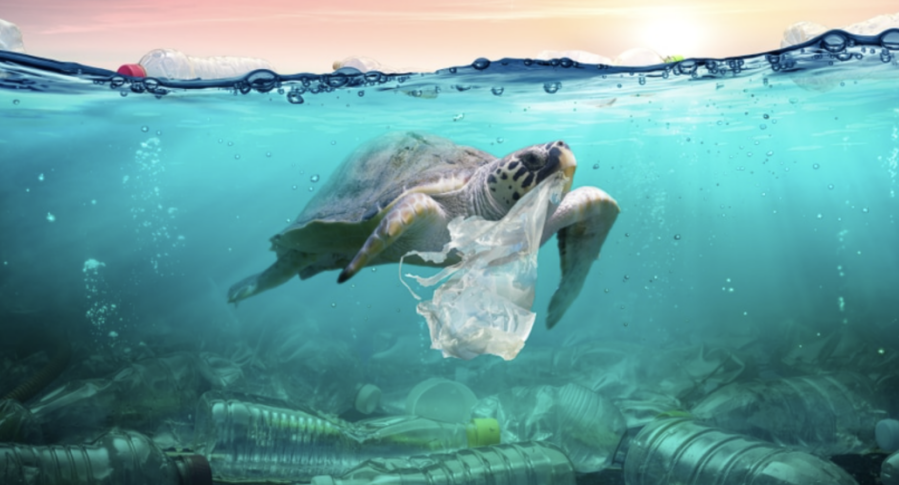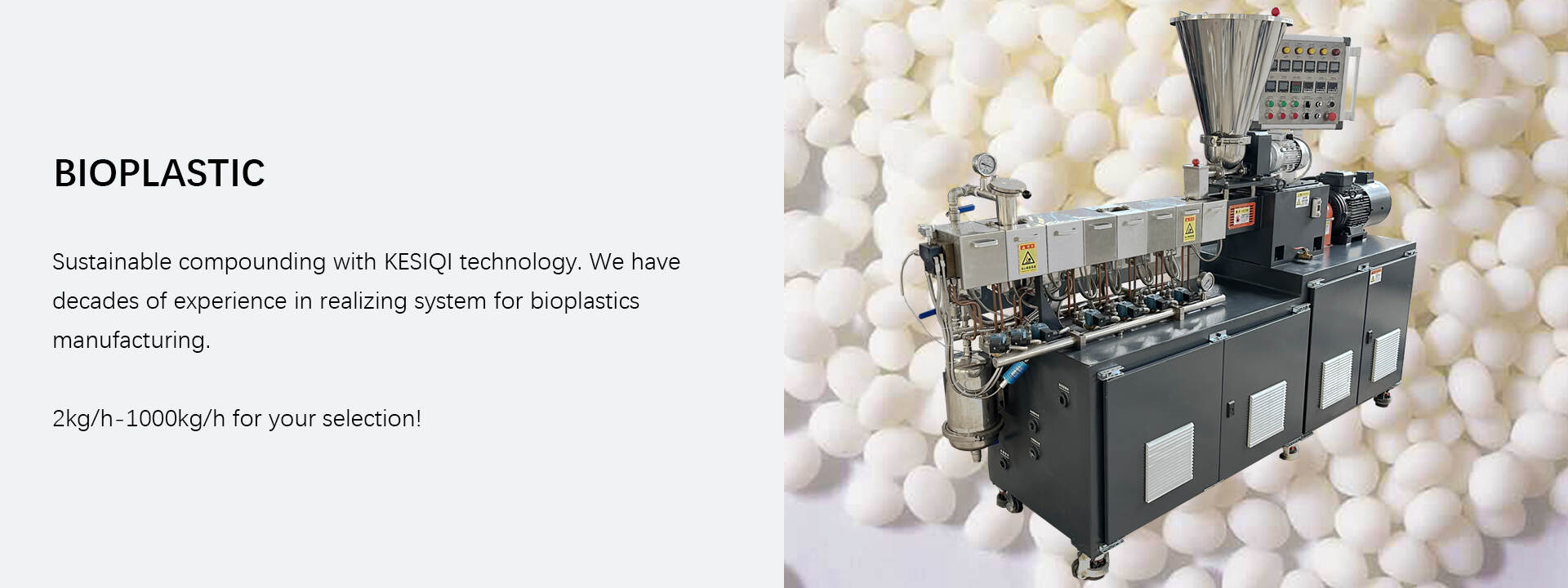Email cannot be empty
Password cannot be empty
Email format error
Email cannot be empty
Email already exists
6-20 characters(letters plus numbers only)
The password is inconsistent
Email format error
Email cannot be empty
Email does not exist
6-20 characters(letters plus numbers only)
The password is inconsistent


Biodegradable and compostable plastics are gaining popularity on store shelves as the demand for eco-friendly products continues to rise. With the alarming rate of plastic waste entering our oceans, individuals are seeking ways to utilize their purchasing power in ways that contribute to a smaller environmental footprint.
So, what exactly distinguishes biodegradable from compostable plastic, and how do they impact the environment and plastic waste pollution?
Biodegradable plastic is designed to completely break down into natural substances within a reasonable time frame. However, this theory often falls short in practical applications. On the other hand, compostable plastic is not only biodegradable but is specifically engineered and tested for processing in home or industrial composting facilities. These facilities create ideal conditions, such as temperature and moisture, to transform the plastic into a usable soil conditioner.
Despite their positive attributes, relying solely on biodegradable and compostable plastics won't solve the plastic pollution crisis. To truly address the issue, various strategies must be implemented, including reducing and reusing plastic, and transitioning to a circular economy. Collection and pairing with appropriate recovery systems are crucial for keeping all types of plastic, including biodegradable and compostable ones, in the recycling loop and out of nature.
In specific applications, compostable and biodegradable plastics can contribute to waste reduction. For instance, compostable take-out containers can efficiently compost food residue along with the container itself. Additionally, when sourced responsibly, these plastics, often derived from biobased sources like seaweed or sugar beets, offer environmental benefits.
However, improper waste management can render these materials harmful to the environment. Compostable plastic needs to be recovered in designated composting facilities, while biodegradable plastic lacks defined conditions for breaking down, posing potential challenges.
Ultimately, the key message is that both compostable and biodegradable plastics should only be employed when they add value, align with the product's purpose, and can be effectively recovered. To address the plastic issue comprehensively, producers and consumers must focus on proven strategies like reducing and reusing plastic from the outset.
How to produce Biodegradable and compostable granules? I introduce a brief flowchart as below,
If you are interested in, please feel free to contact me.


